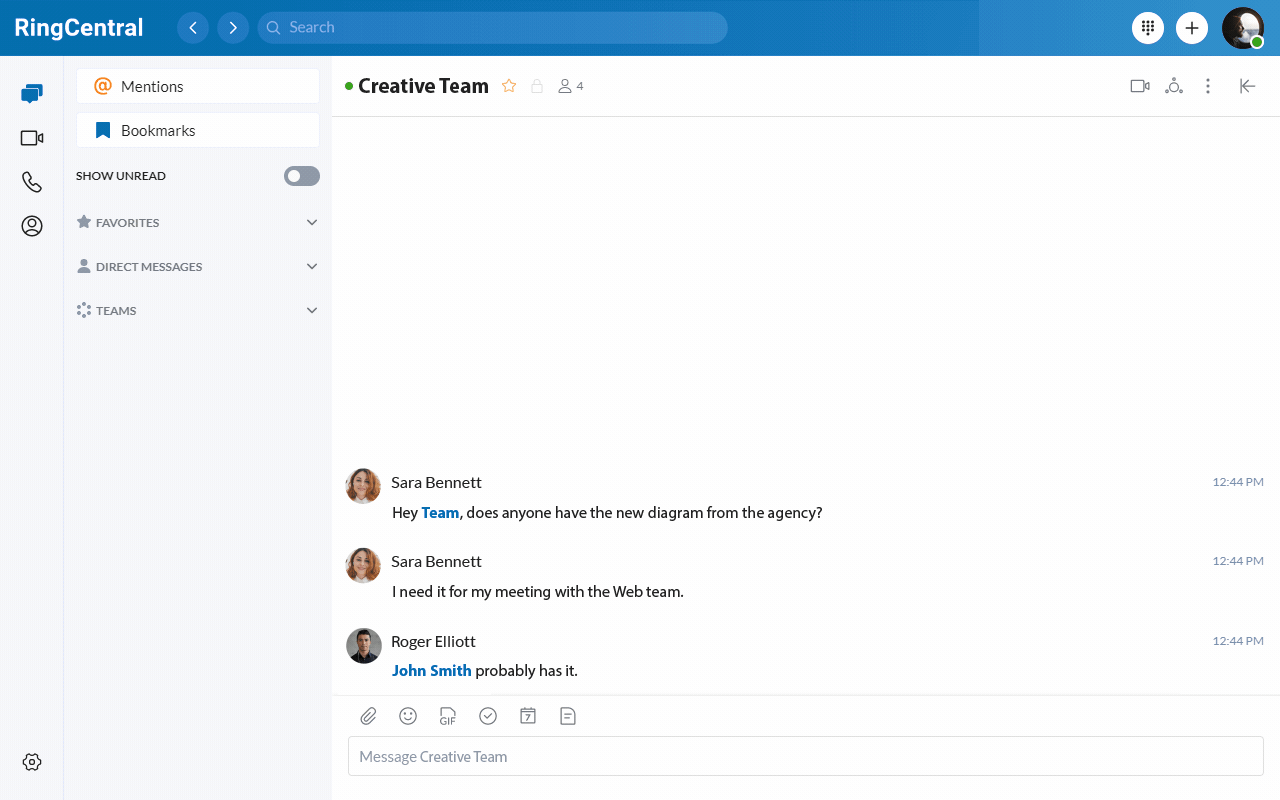Continuity of care has a significant impact on patient health outcomes. There are two primary objectives with continuity of care. One is to achieve the highest level of quality health through care team and patient collaboration. The other is to provide healthcare as efficiently as possible to control costs.
Communication efficiency is especially vital to ensuring both outcomes. It helps care team members and the patient interact continuously, efficiently, and in multiple ways. It also contributes to reduced burnout and physician departures, which get in the way of continuous care.
Cloud-based communications solutions improve continuity of care by:
- Giving your care team communication mobility
- Allowing efficient scalability
- Supporting a remote workforce
- Avoiding technological disruptions
- More accurate diagnoses and treatment
- Reducing physician burnout and resignations
Free eBook: “How cloud communications put connection at the center of care”
6 ways cloud communications can improve continuity of care
The following is an overview of six ways a cloud-based communications solution helps you deliver the best continuity of care.
1. More agile (and mobile) communications
Mobile, adaptable healthcare has become critical to optimizing continuity of care moving forward.
Many hospitals and clinics use mobile triage carts to respond to emergent needs, especially at remote locations. With a comprehensive cloud-based communications system, your health team members can more easily share information and updates to coordinate care across locations. (You can see how easy file sharing is in RingCentral team messaging below!)
With coordinated efforts, you avoid redundancies and wasted time that add to the burden on providers. It is easier to facilitate on-site response care with input from practitioners in an office or hospital.
2. More efficient scalability
A cloud-based system limits the amount of physical hardware you need to have on site to manage operations and communications. Thus, you have greater scalability to adapt to patient needs.
You don’t have to buy, sell, and move equipment to adjust the size and scope of your team and practice. You also don’t need extra office space to hold all the equipment that it would take to run an on-premise solution. Instead, your communications system easily scales to match your current needs and circumstances.
With cloud-based solutions, you only pay for the people that actually use the platform. Therefore, as your team member needs change, you don’t have to worry about cost inefficiencies.
3. Support for an increasingly remote workforce
In addition to cost-efficiency benefits for the organization, remote work gives greater flexibility to team members. It allows them to manage personal and work responsibilities with greater balance. Many companies plan to maintain remote or hybrid work schedules for the foreseeable future, which may make a difference in your ability to keep quality physicians on the job.
To succeed, a remote workforce needs support through a good technological infrastructure. Team members need to communicate sensitive information back-and-forth, and often through technology. Thus, you need to have optimized security protocols in place.
Your cloud-based communications solution allows physicians and care providers to easily interact across a variety of platforms (for instance, moving from a team chat to video call with one click, as seen below in RingCentral MVP). It is also easy for providers to transfer calls to other team members who are more equipped to answer certain questions. Your remote team can nimbly respond to emerging needs.
4. Fewer technology disruptions
Cloud-based systems can be more reliable than on-premises or self-hosted solutions. Reliable uptime is vital when you have dispersed team members providing care, especially on an urgent basis. Disruptions to communications can literally make the difference between life and death in some instances.
The advanced security measures in cloud-based systems also protect better against hacking. Cloud solutions use multi-factor authentication to verify your identity when you log in. It is much more difficult for would-be hackers to break in given the multiple pieces of identifying information required.
5. More accurate diagnoses and treatment
Ineffective communication gets in the way of effective diagnoses and care coordination. With cross-channel, cloud-based systems, all interactions are tracked regardless of the channel used. This means that care instructions and messages are stored and easy to retrieve.
Accurate diagnoses allow for preventative care and reduce the amount of emergency care required for patients. Accuracy also improves the trust between the practice and patients.
6. Reduced burnout and physician departures
Physician burnout and departures are the biggest impediments to continuity of care. Cloud-based communications solutions allow the greatest efficiency for providers in multiple locations.
By reducing the time involved in care coordination while maintaining quality, you reduce the hours and pressure required of providers. Team members are less likely to leave when their work hours are well-managed and they have a greater ability to find the ideal work-life balance. Collaboration with other team members also contributes to satisfaction in the workplace.
Patients are more comfortable with providers they know and trust. The improved trust contributes to optimized relationships among care members, and between care members and patients. Quality relationships and comfortable work play a role in whether physicians like their jobs.

Improve continuity of care with RingCentral
Effective and efficient communication is necessary when you have multiple healthcare team members collaborating to provide continuous care to patients. Quality care and cost efficiencies are achieved through cloud-based communications that enable multichannel, continuous access when information-sharing and treatment coordination take place.
RingCentral is a leading provider of cloud-based communications solutions that equip your continuous care team with these critical communication advantages. With advanced security, multichannel collaboration tools, phone, video, text, and contact center capabilities, RingCentral enables the communications support you need to provide continuity of care to your patients. Request a demo to see how it works today.
Updated Aug 16, 2024














